Year
A 55-year-old man from a rural village in South India, presented with abdominal pain over 3 months, with episodes of nausea and vomiting and weight loss over the past month despite normal appetite. On examination, soft, distended abdomen with mild tenderness in the periumbilical region and blood counts showed eosinophilia. Stool sample was sent for microscopy.
- What is the diagnosis?
- What is the mode of acquisition?
- What is the treatment of choice?

Answer
- What is the diagnosis?
Intestinal Ascariasis. The microscopy image shows fertilized and unfertilised eggs of Ascaris. The fertilised eggs measure 55- 75 x 35-50 um surrounded by a thick mamillated albuminous coat with a large unsegmented ovum of granular mass with clear space at both ends. The unfertilised eggs measure 85-95 x 43-47 um with little or no albuminous coat with a small atrophied ovum with a mass of disorganised highly refractile granules. - What is the mode of acquisition?
Ascaris infection is acquired by ingesting food and water contaminated with embryonated eggs. - What is the treatment of choice?
T. albendazole 400 mg once or mebendazole 100 mg twice daily for three days is the drug of choice. Partial intestinal obstruction should be managed with nasogastric suction and intravenous fluid administration and complete obstruction requires immediate surgical intervention.
References:
- CDC – DPDx – Ascariasis [Internet]. 2019 [cited 2024 Dec 10];Available from: https://www.cdc.gov/dpdx/ascariasis/index.html
- de Lima Corvino DF, Horrall S. Ascariasis [Internet]. In: StatPearls. Treasure Island (FL): StatPearls Publishing; 2024 [cited 2024 Dec 10]. Available from: http://www.ncbi.nlm.nih.gov/books/NBK430796/
